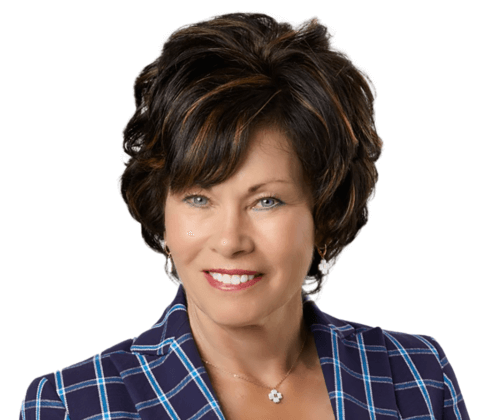This editorial first appeared in the Toronto Star on May 5, 2019.
In the cut and thrust of the increasingly divisive and polarizing way politics are being practiced today, one of the most worrisome developments is the loss of the bully pulpit.
In some ways an old-fashioned notion, today’s practitioners seem to have forgotten its power of moral suasion, to forge consensus, to truly lead.
The notion of the bully pulpit came to prominence in the administration of Theodore Roosevelt, who realized the presidency afforded him an unparalleled platform to promote his priorities and outlook for the nation. Roosevelt took advantage of the prestige of the White House and cultivated relationships in order to convince Americans — and in turn, an intransigent Congress — that the challenges of industrialization required drastic measures in the form of regulation.
Today, politicians have come, wrongly in my point of view, to believe that the bully pulpit itself is no longer a powerful tool. Rather, they favour announcements, programmes and spending.
As one premier once told me “I don’t get out of bed to announce anything less than $100 million.”
The result? Public discourse has become transactional rather than aspirational. More and more, it has become focused on the here and now at the expense of building a better tomorrow.
One civil society leader, instructively not a politician, who understands the power of the bully pulpit — in spades — is Ontario’s lieutenant-governor, the Honourable Elizabeth Dowdeswell.
Her Honour deeply understands this platform and its uses. In fact, she refers to herself as the province’s “Storyteller-in-Chief,” and broke with tradition in her inaugural speech by stressing not her priority focus but instead her commitment to use the office as a forum for reflection and “a crucible for ideas.”
On Tuesday evening, I watched Dowdeswell in action in her suite at Queen’s Park as she delivered a speech to open her latest exhibit, Speaking of Democracy and provided a textbook example of the bully pulpit in practice.
Her Honour spoke of the strictly non-partisan nature of her role, and her duty as the guarantor of responsible governance. She noted that viceregal representatives have been described “as a conscience … representing the hearts, minds and souls of citizens.”
She then went on to make a point that has stuck with me.
“Democracy,” she said, “is about so much more than government. It is about … how we learn to live together on this planet in peace and harmony. And so I ask questions, hoping to evoke the best of ourselves.”
While Dowdeswell has clearly mastered the use of the bully pulpit, she also benefits from our Canadian system of government with its viceregal offices spread across the country.
As representatives of the Crown in Canada, governors general and lieutenant -governors alike have an opportunity to reach Canadians in a truly unique way. Well beyond their purely ceremonial duties and important institutional role, viceroys can focus their tenure in office on specific initiatives that appeal to our better angels: for Michaëlle Jean it was freedom and cultural integration, for David Johnston, philanthropy and volunteering, for Dowdeswell, issues of citizenship, democracy, the environment and Indigenous reconciliation.
What’s more, they can make their offices truly inclusive and accessible.
Since being invested in 2014, Her Honour has commissioned five exhibitions, accepted over 50,000 visitors to her suite in Queen’s Park and conducted more than 3,300 engagements. She has represented Ontario on international visits from Utah to the U.K., France, Italy and Switzerland, making the case for Ontario’s place in the world. Most importantly, she has visited over 110 ridings across the province, promoting citizenship and meeting with Ontarians to hear their perspectives on the well-being of community and civil society.
In doing so, the lieutenant-governor has used her bully pulpit to help provide everyday citizens with answers to their important questions and has done so in a way that models an approach that partisan politicians would do well to emulate.
A more skilful and effective use of the pulpit is hard to imagine.


